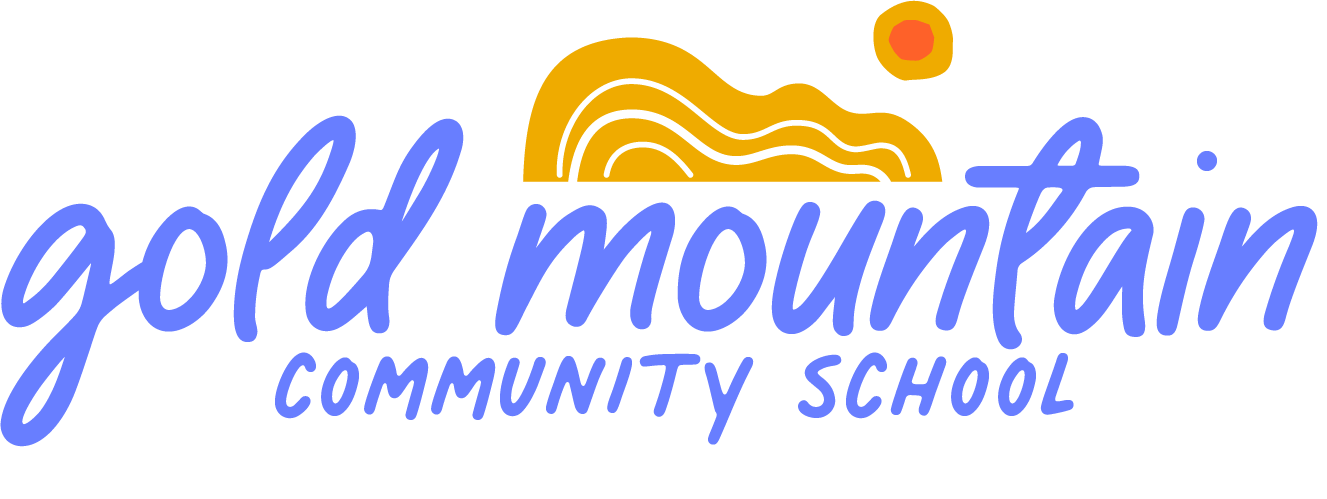Our approach to education
Reggio Emelia
Reggio Emelia views young children as individuals who are curious about their world and have the powerful potential to learn from all that surrounds them. Teachers employ strategies such as exposing children to a wide variety of educational opportunities that encourage self-expression, communication, logical thinking, and problem-solving. Developed after WWII in Italy, by 1991, Newsweek reported that Reggio Emilia schools were among the top school systems in the world.
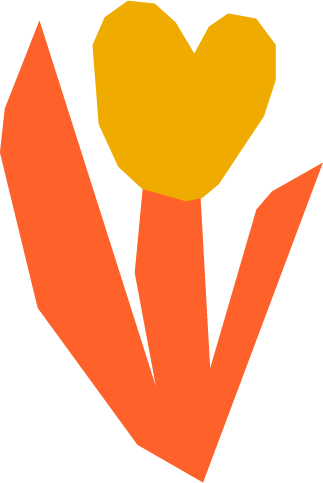
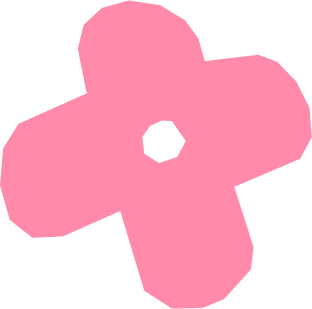

Reggio’s Main Components
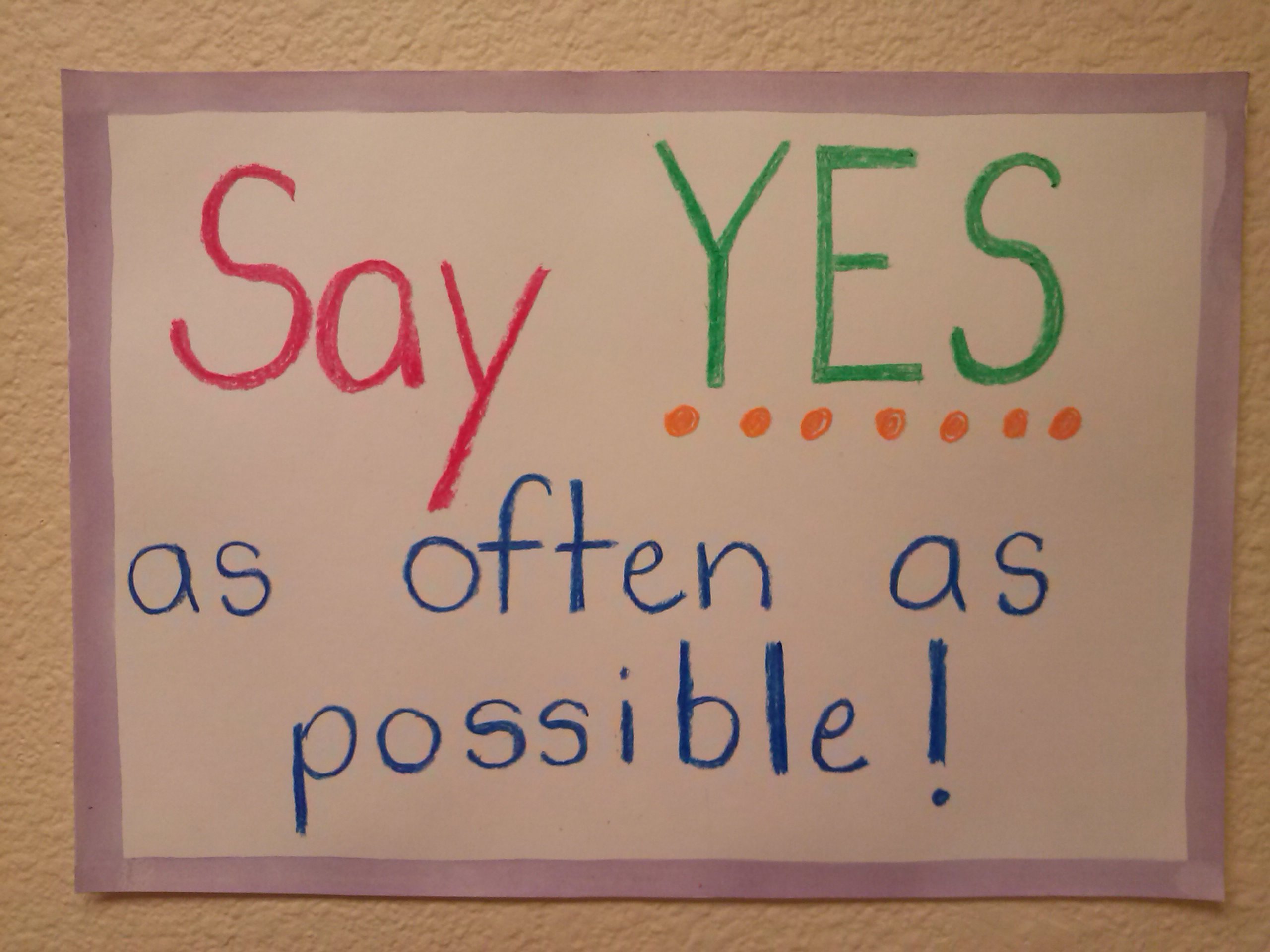
Emergent Curriculum
Since children make meaning through everyday experiences and hands-on exploration, curriculum topics are derived from talking with children and their families, as well as from things that are known to be interesting to children (dinosaurs, art, languages, science experiments, and so on). This allows them to test theories and make connections with their everyday environments.
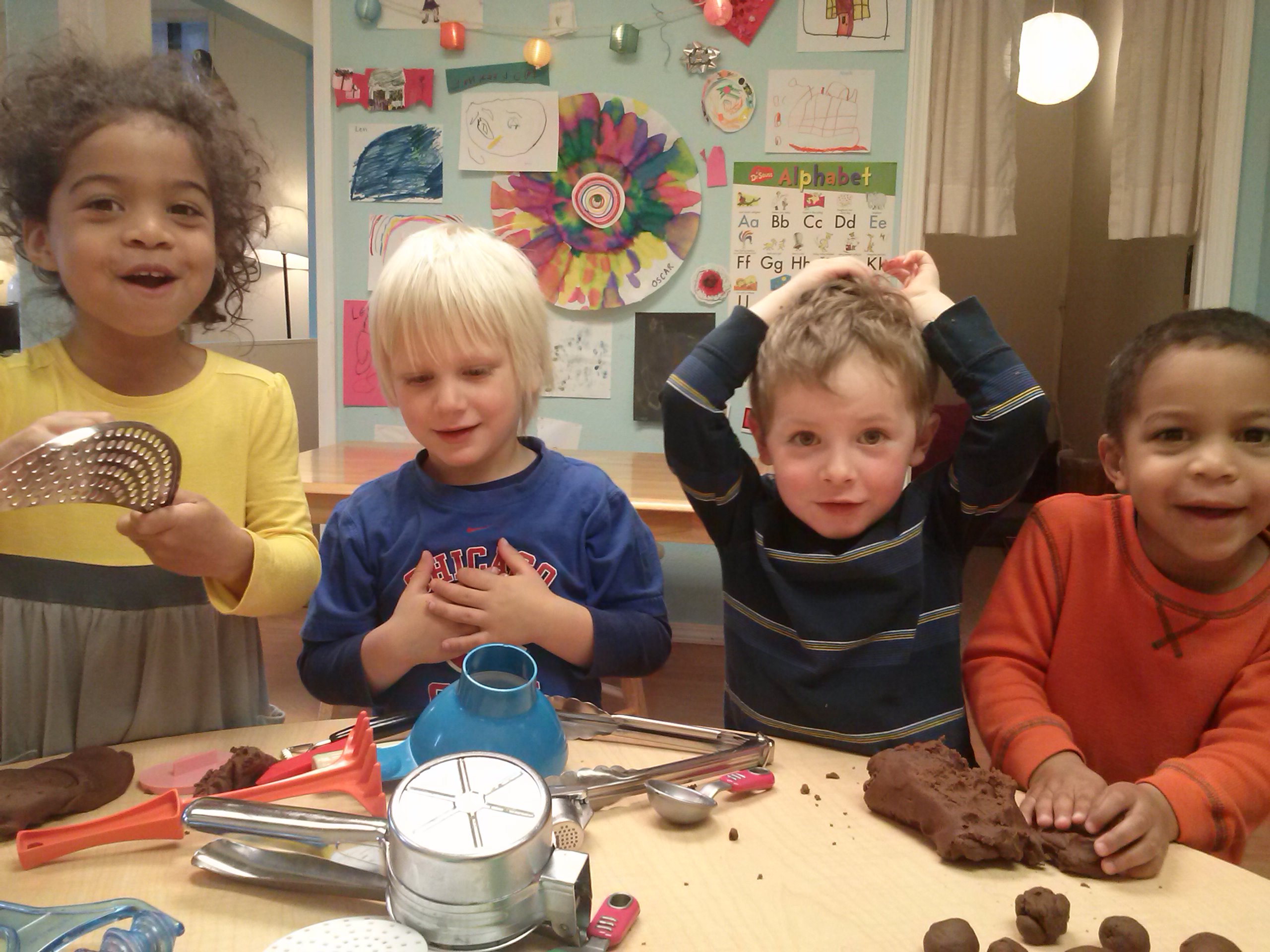
In-Depth Projects
What sets Reggio Emilia apart is its emphasis on student-led projects. When students show interest in a topic, teachers create projects to encourage that interest. They keep documentation in a portfolio for each child throughout the year, allowing them to track individual development. Projects provide the backbone of the children’s and teachers’ learning experiences.
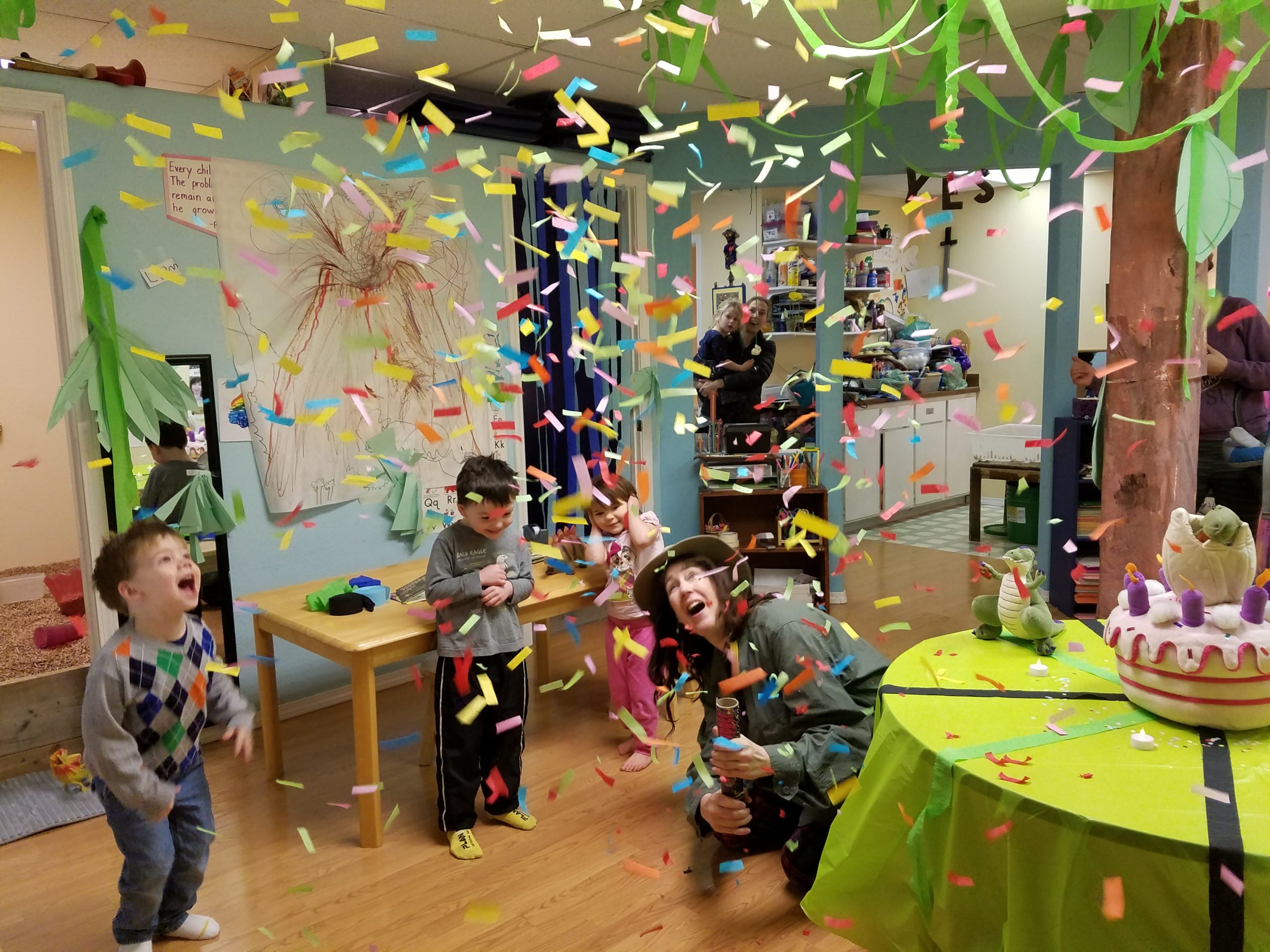
Representational Development
The Reggio Emilia approach invites children to demonstrate their ideas in many different ways: dance, paint, wire, clay, pencil, nature materials…other than just number and letter. Giving the space for all of these efforts to flourish helps each child build confidence and excitement about their learning.
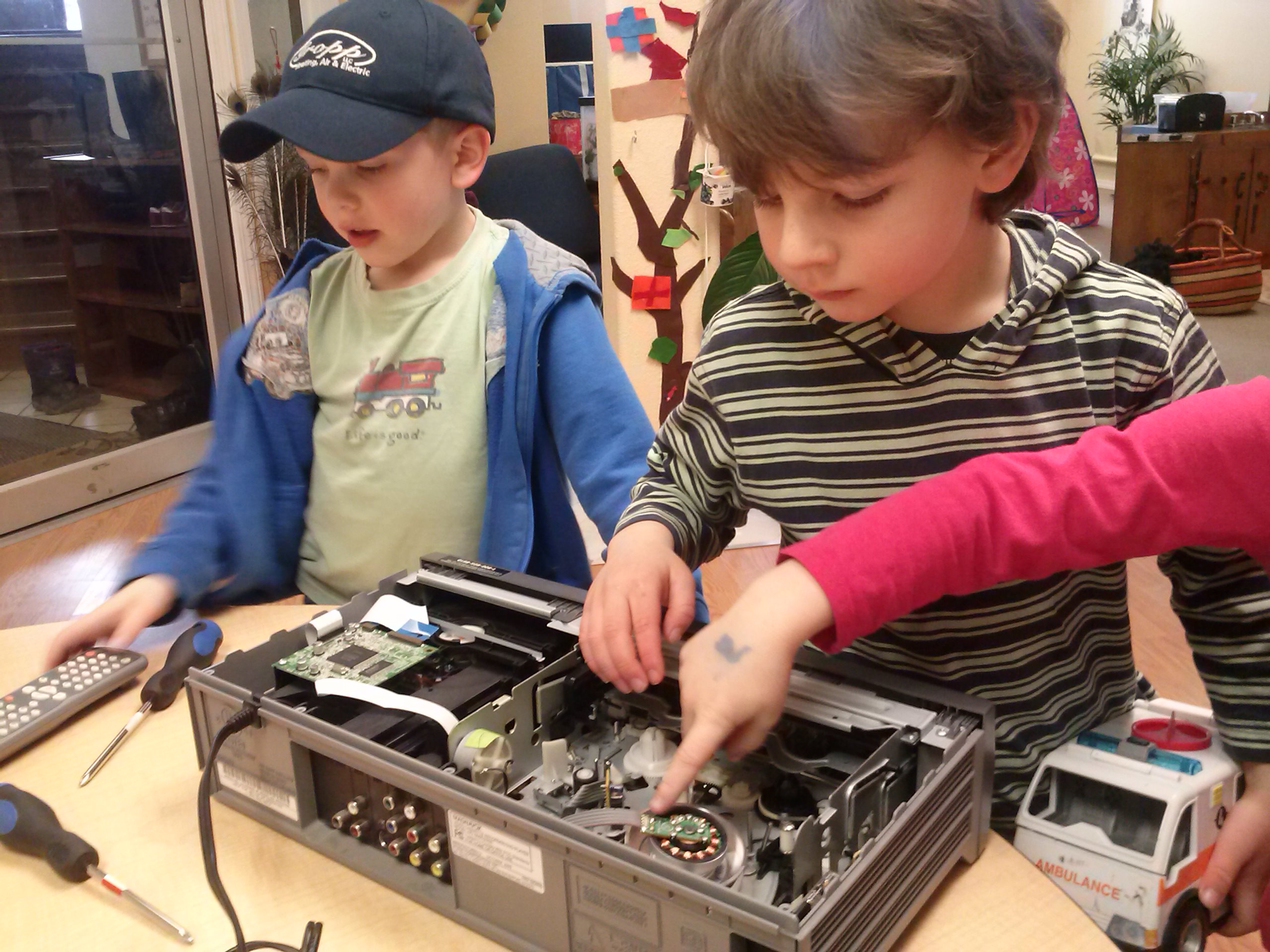
Collaboration
Children are encouraged to work together to problem-solve using dialogue, comparisons, negotiations, and other important interpersonal skills. Children negotiate with teachers on which interests will be studied, which allows them to feel heard and respected, and encourages their sense of self-worth.
